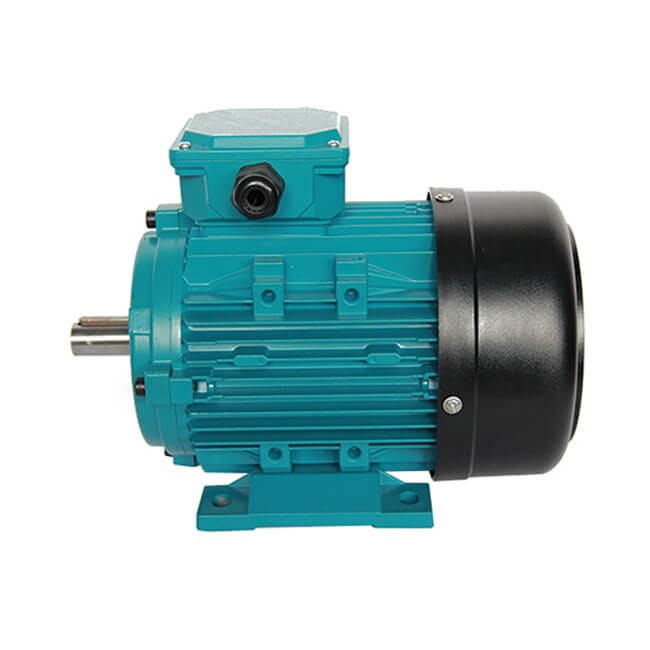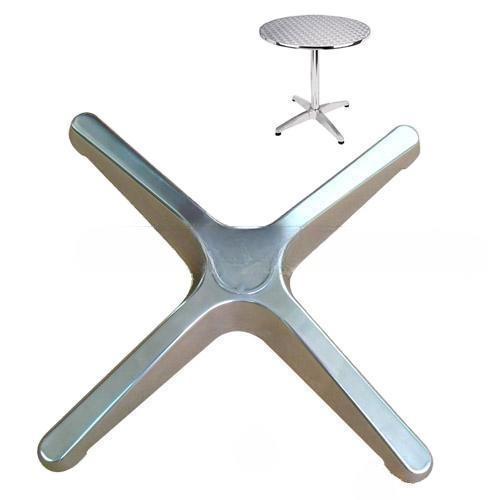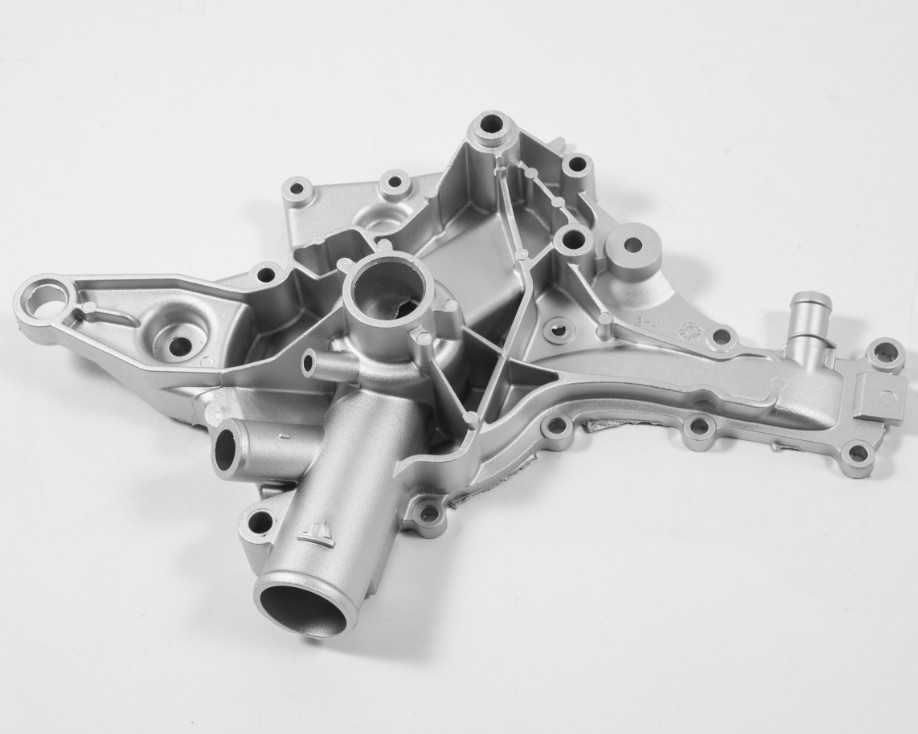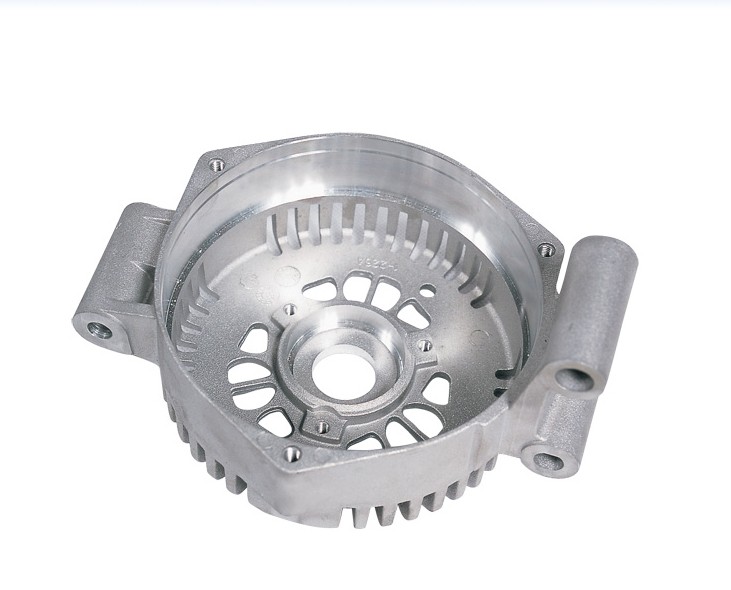Difference Between Liquid Painting and Powder Coating for Aluminum Parts
Aluminum parts can undergo either liquid painting or powder coating for surface finishing, each with its distinctive features. Both processes involve the application of coatings containing pigments, additives, and resins, providing a protective layer. The primary divergence lies in the use of solvents in liquid painting and dry powder in powder coating.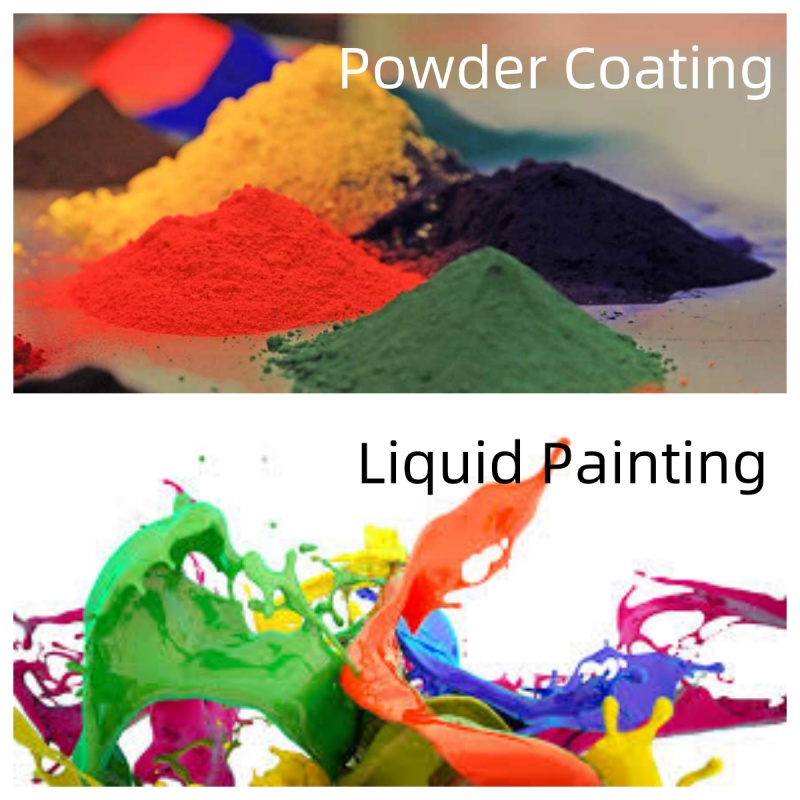
Aluminum Liquid Painting: Aluminum liquid painting entails spraying wet paint onto parts, offering versatility in achieving single or multiple layers. This method ensures excellent resistance to impact, wear, corrosion, and chemical exposure.
Distinguishing Liquid Painting from Powder Coating: While both finishes can resemble each other, specific characteristics help differentiate them:
-
Texture:
- Liquid painting suits high-gloss finishes, while powder coating is ideal for matte finishes. Powder coating tends to have a rougher texture compared to the smoother finish achievable with liquid paint.
-
Thickness:
- Powder coating results in a thicker layer (2 mm to 8 mm) compared to liquid painting (0.5 mm to 1.5 mm), allowing for precise control and durability.
-
Color:
- Liquid painting allows for more diverse and customizable colors, offering the flexibility to create unique shades. Powder coating, while durable, may exhibit a speckled pattern when attempting to produce custom colors on-site.
-
Evenness of Application:
- Powder coating, despite its textured appearance, applies more uniformly than liquid painting. Liquid paint may result in uneven thickness, dripping, rippling, or bubbling.
-
Flexibility:
- Powder coating withstands slight surface expansions or contractions, making it more suitable for applications with temperature variations. Cracking or chipping may indicate liquid painting.
Advantages of Powder Coating: Powder coating exhibits several advantages over liquid painting, including:
- Improved performance, and resistance to scratching, chipping, and wear.
- Enhanced durability, making it suitable for outdoor and extreme applications.
- Better color retention under prolonged exposure to sunlight, heat, and moisture.
- Safety benefits, as powder coatings do not emit volatile organic compounds or pose flammability risks.
- Cost-effectiveness due to better utilization rates, recyclability, and lower labor costs.
Cost
Powder coating is usually cheaper than wet paint in the long run, but the upfront costs tend to be higher. Wet paint technology has been around a lot longer (powder coating was developed in the 1950s), so the equipment and materials are more widely available.
The savings with powder coating are mostly indirect, but they add up fast.
First, powder coatings have a much better utilization rate. Unlike liquid paint, powder can be collected and reused. Approximately 70% of paint is lost to overspray during application, while material loss of powder coating can be kept under 5%.
Cost is also heavily affected by safety and environmental regulation. Because it is more hazardous, wet paint requires more investment in mitigation measures and insurance premiums. Powder coating facilities can keep these costs to a minimum.
Labor costs are also lower for powder coating. It doesn’t rely on highly trained operators. Powder coating can be done well by almost anyone, or even automated.
Finally, powder coating has much lower disposal costs. Less of it needs to be disposed of due to the high utilization rate, and any amount that does need to be thrown away isn’t subject to the same tight environmental controls as paint.
In conclusion, while both liquid painting and powder coating provide protective finishes, the choice between them depends on specific application requirements, desired aesthetics, and performance considerations. Powder coating, with its durability, color retention, and cost advantages, often proves to be a preferred option for various industries, particularly in challenging environments such as transportation.
NINGBO FUERD MECHANICAL CO., LTD
Website: https://www.fuerd.com
